LGBTQ+ Representation at Sahuaro
October 28, 2020
On June 28th, 1969, Marsha P. Johnson, an LGBTQ+ transgender activist, threw the first brick at Stonewall, a gay club located in Greenwich Village in New York City, sparking up the Stonewall Riots, and marking a day for the rest of history.

The LGBTQ+ community has heard and felt it all. Slurs, beatings, unacceptance, some pain. This month is LGBTQ+ History Month, so as a Sahuaro student, let’s look over the history in the world and how it’s paved the way for Sahuaro kids who are a part of the community.
After the Stonewall Riots, the world shifted into those who accepted the community, and those who did not. Marsha P. Johnson, was an icon in the 70’s, as she was known for fighting for the rights of not only the gay community, but the black trans women’s community, which is arguably the most marginalized minority group.
After Marsha’s murder in 1992, the world had a public outcry over the dismissed case. This era of time featured many protests pleading for the detectives to reopen her case, and find the murderer. Unfortunately, the murderer is still unknown to this day.
While Marsha’s life was short, it was powerful to the future. As time progressed, so did people’s acceptance of the LGBTQ+ community. On June 2003, The Supreme Court decriminalized same-sex relationships, and on June 25th, 2015, the Supreme Court determined the legalization of Gay marriage, kick-starting a new progressive America. (Also making June Pride Month, because of all the milestones set.) And it is all thanks to her.
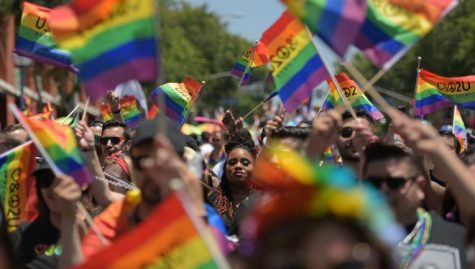
Since then, acceptance has rendered around Sahuaro very subtly. From students activating more for the rights of the community to teachers doing little things such as asking for pronoun preferences in the beginning of the year. We still have yet to learn about LGBTQ+ history, but maybe with time, the school will provide more prioritization of the history.
Well, how do the LGBTQ+ students around Sahuaro feel? As a middle-eastern queer woman myself, I’ve struggled with my identity around Sahuaro, but never have I stopped fighting for the rights of the community. It goes a long way, from calling people out for using slurs, to accepting others at the end of the day. Ally-ship is important and that’s apparent.
As far as representation goes around Sahuaro, it’s safe to say there are a lot of kids that attend that are in the community. However, when I interviewed a couple students, many of them stated that one of the hardest parts of being in the community was learning to accept themselves. Senior, Erick Gil-Reyes (He/Him), says “As an LGBTQ+ member, the hardest thing about coming out was being able to express myself, and to stop worrying about what others think of me.” Former graduate, Ximena Uribe (She/Her) says similarly, “The hardest thing I’ve had to do was come out to my family and come to terms with my sexuality.” And one Junior (who asked to not be named), recalls, “Honestly just coming out is the hardest thing. I just figured out I was bisexual while in quarantine, and it was just hard to accept it.” Why is it that the process of coming out comes with the struggle of accepting yourself?
While coming out may be arguably the hardest part of accepting who you are, there are also things that go beyond that that some don’t even realize. Saying phrases that make the community uncomfortable is a tiny part that stems into an immense problem of validation. Junior Malibu Valenzuela (They/Them) states that when they came out as pansexual, many were invalidating them by saying things like, “How do you know if you like girls if you’ve never dated them?” Trust us, we know, because there is no one that questions our sexualities more than we do.
Students around Sahuaro have shown their accepting of the community; I asked for some stories. Erick Gil-Reyes recalls a sweet time, “When my previous boyfriend came out of the closet to his class, they were all so happy for us and supported him to make him more confident in his identity.” Ximena mentions a time at her prom, “A kid went to prom dressed in full drag and all the teachers kept telling him how pretty he was.”
Ally-ship goes farther than just accepting the community, to be a real ally is to fight. There is legalized marriage, there is legalized adoption care, but there is still a long way to go when it comes to acceptance. There is always more work to do, especially around Sahuaro. From learning about LGBTQ+ history, to knowing your privilege, there is always something to become educated on.
So for Marsha P. Johnson, for James Baldwin, for Audre Lorde, and for every LGBTQ+ rights activist in the past, it is our job to use our resources to become educated, and to make everything they’ve fought for worth it.
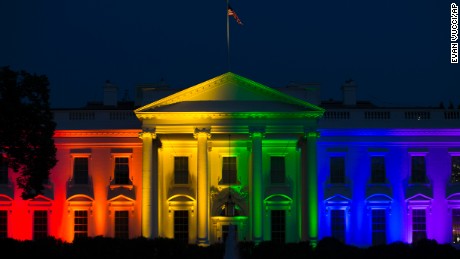
“It is not our differences that divide us. It is our inability to recognize, accept, and celebrate those differences.”- Audre Lorde.



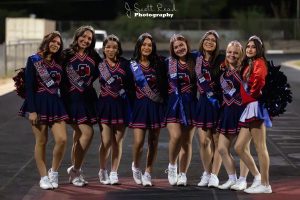
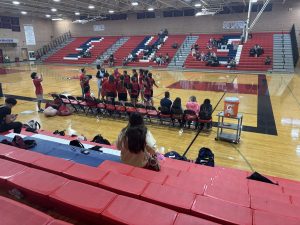
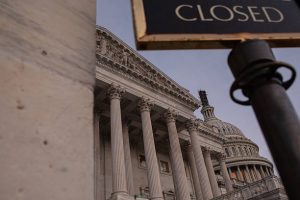
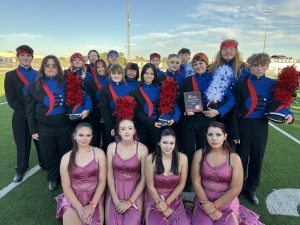
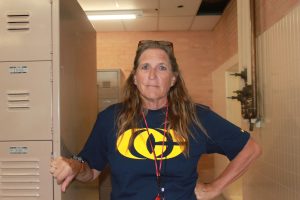

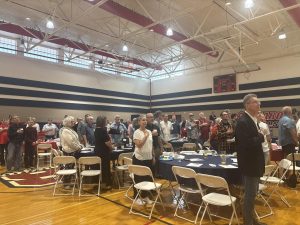
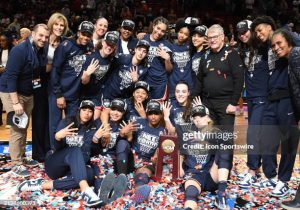
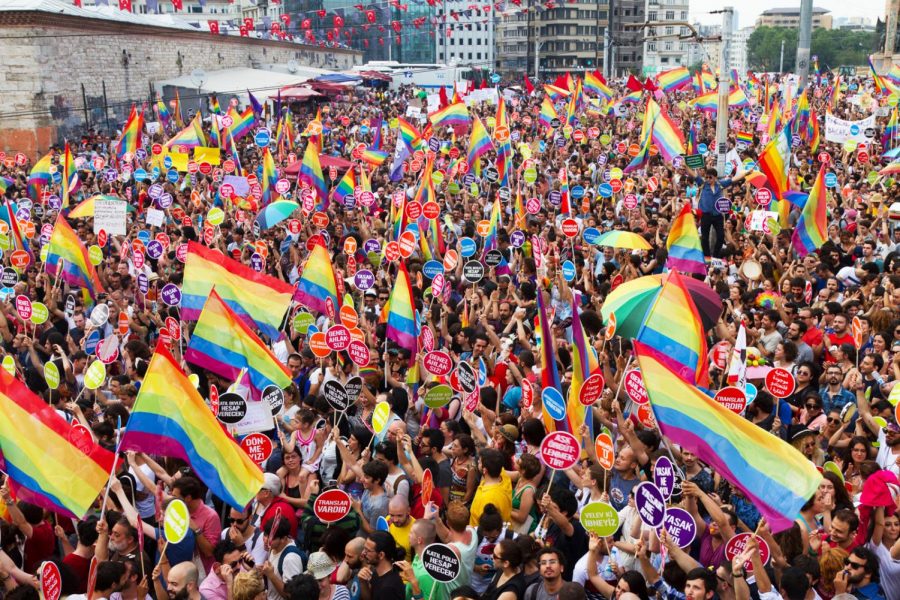
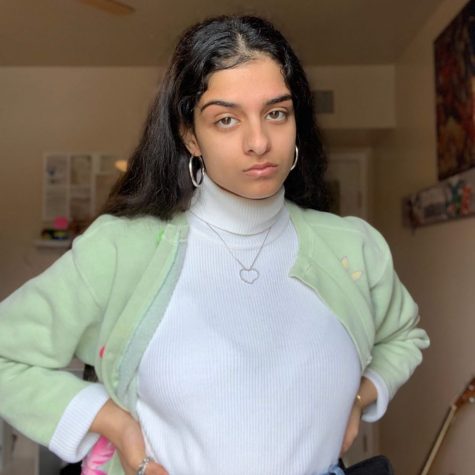
Ms. Good • Oct 30, 2020 at 1:39 pm
Fantastic article! Very informative and well-written! Marsha P. Johnson is an icon. <3